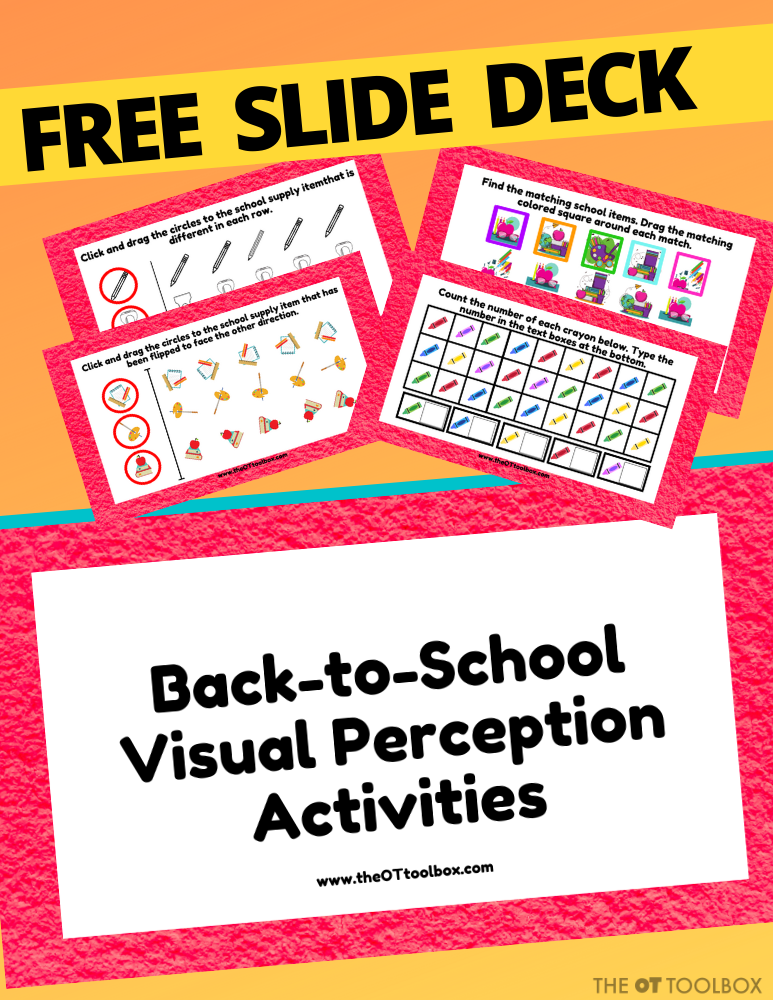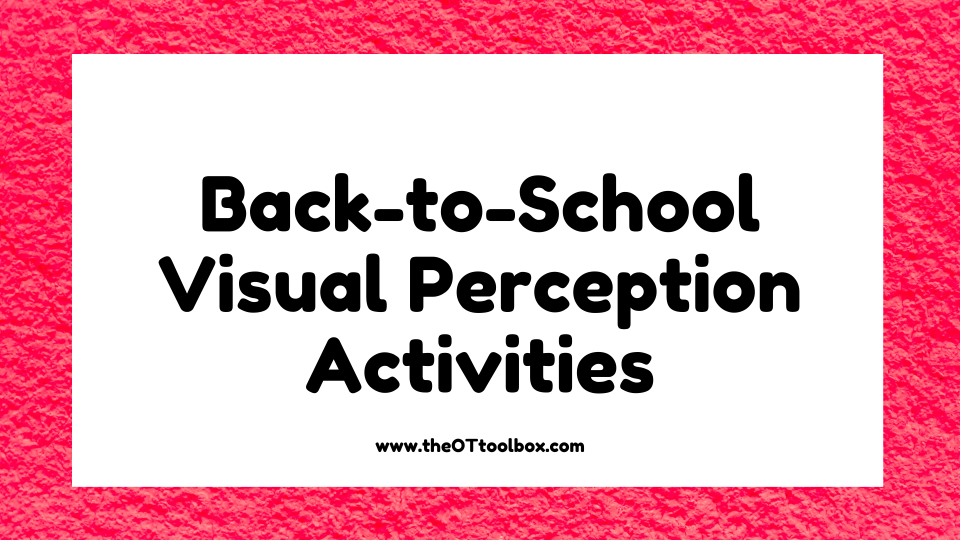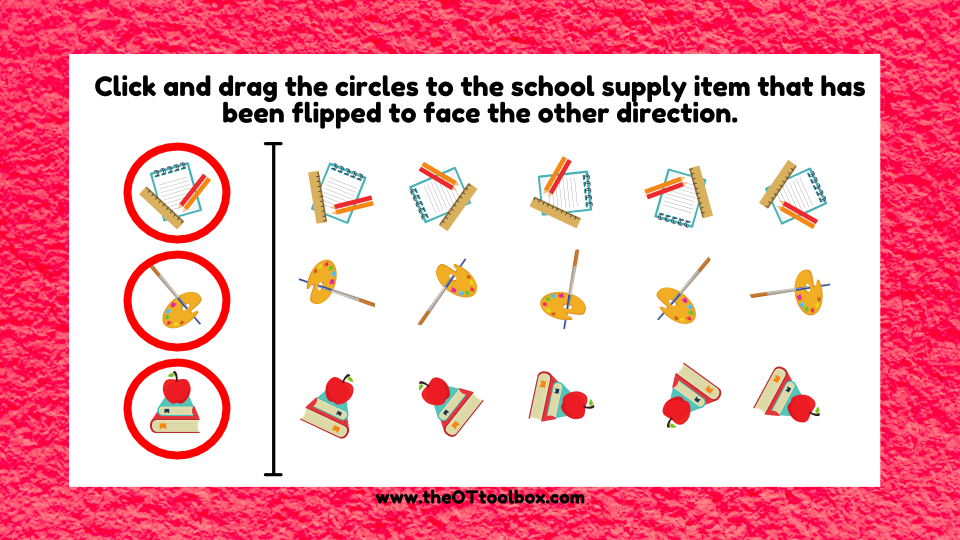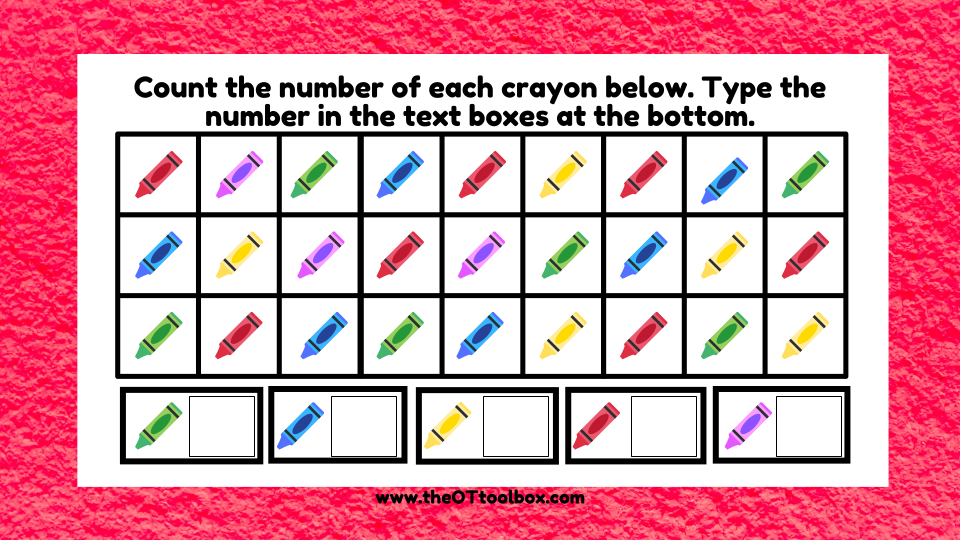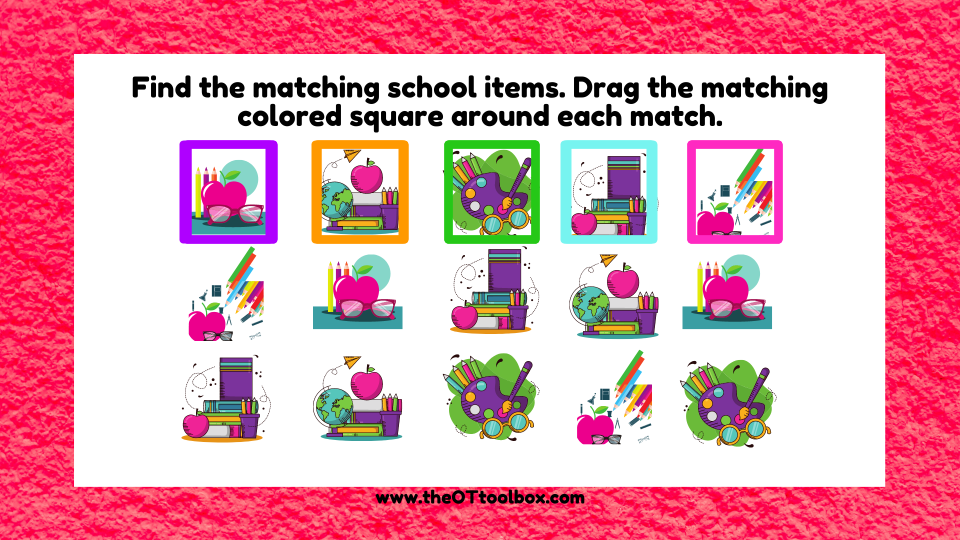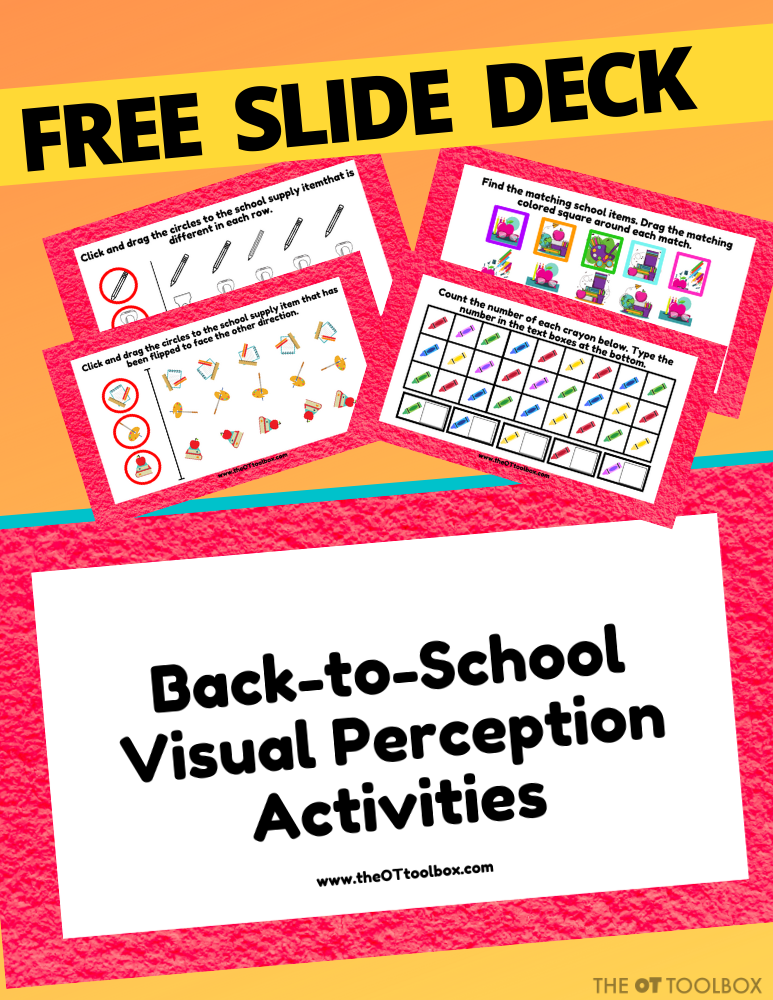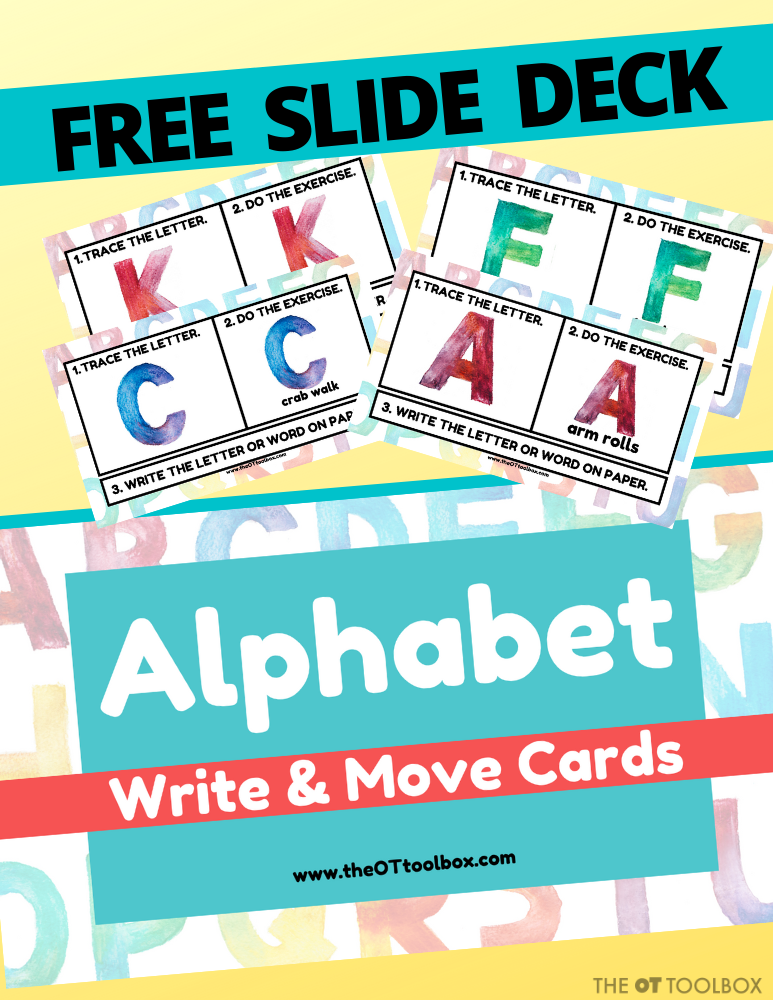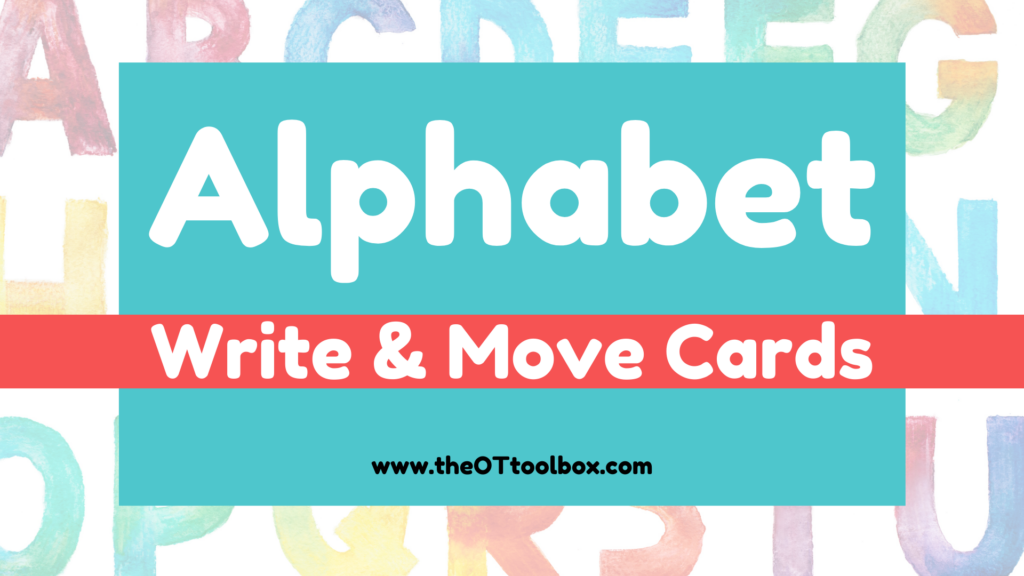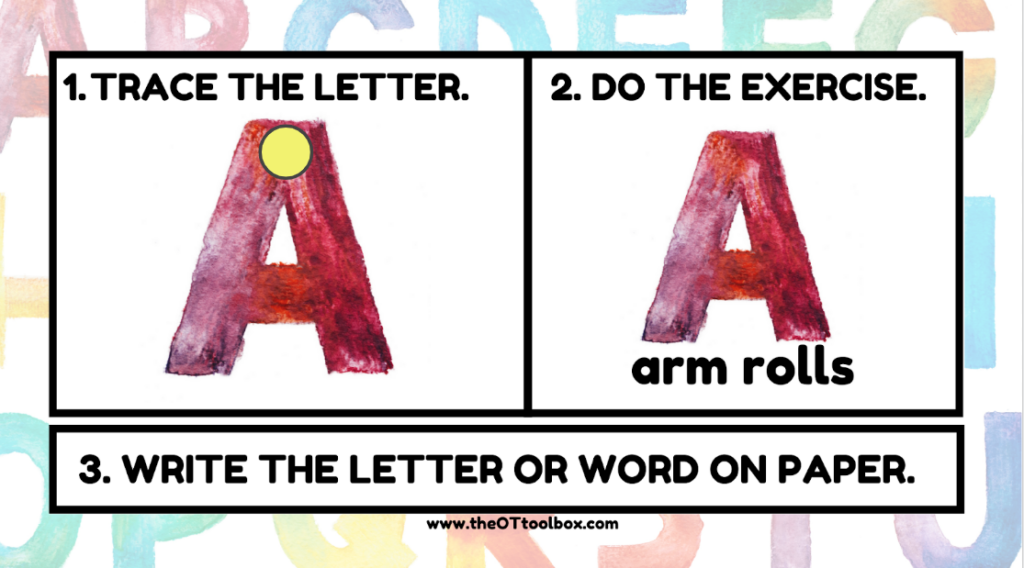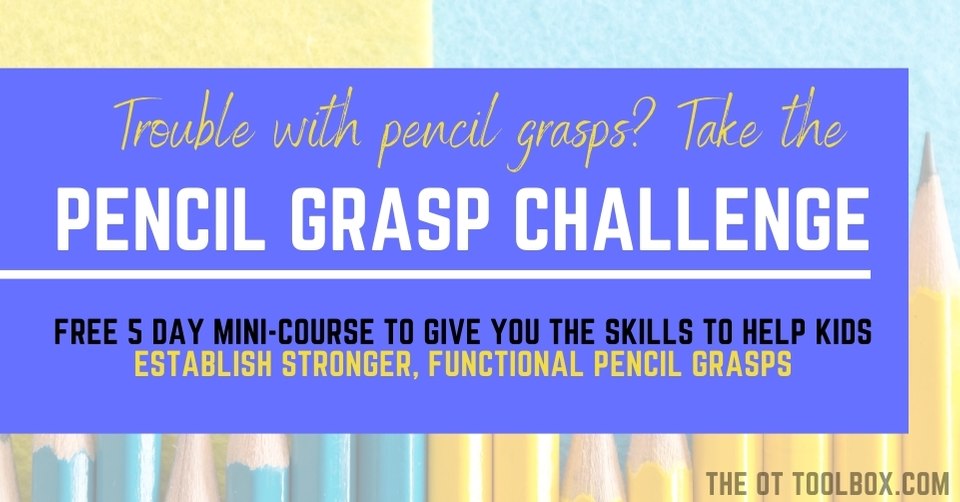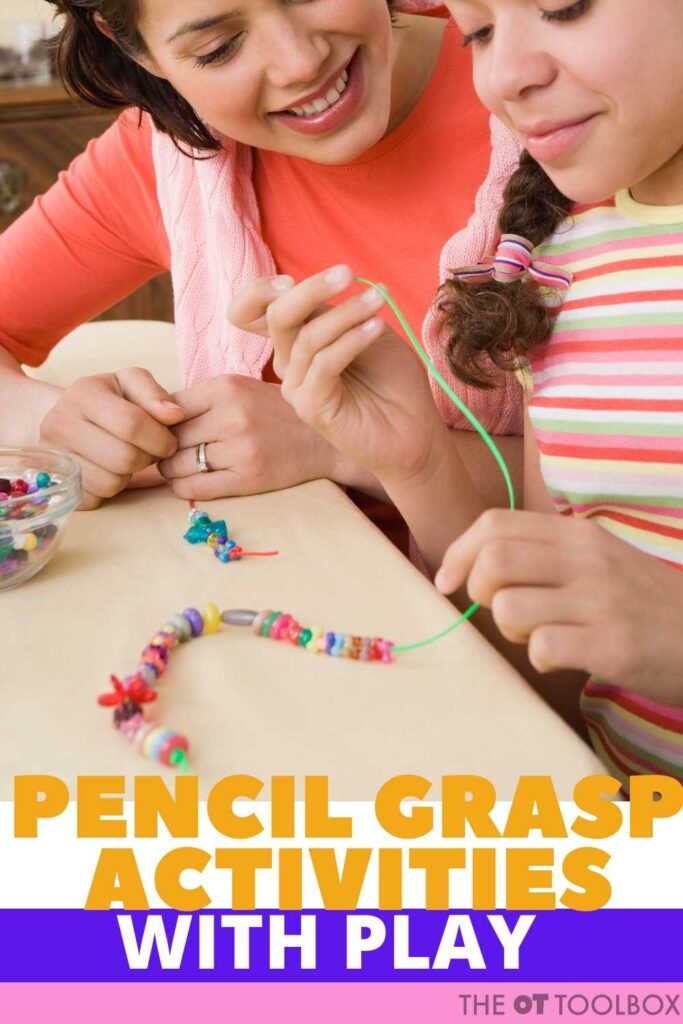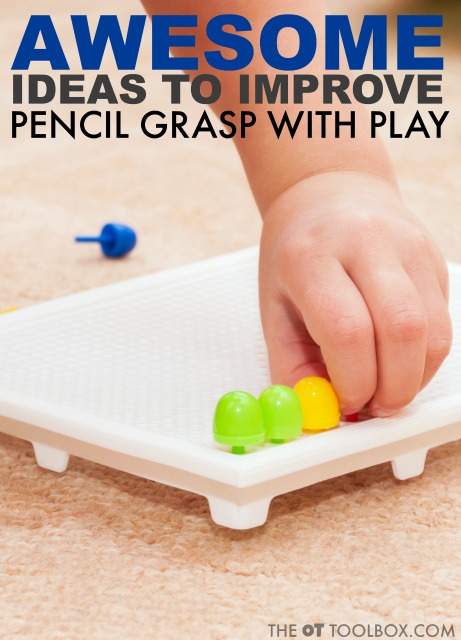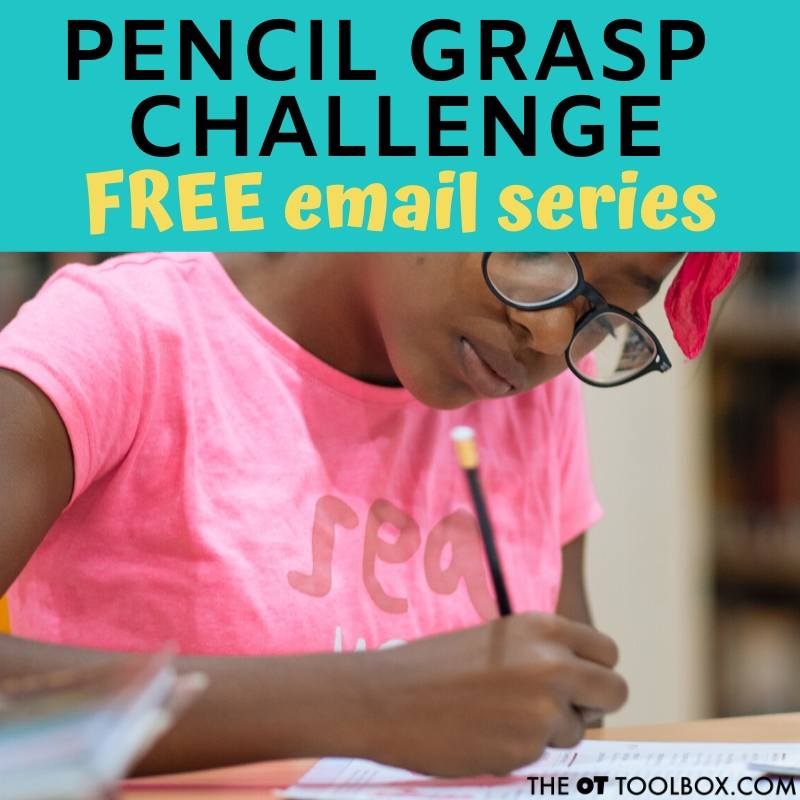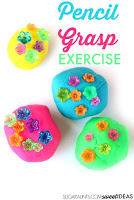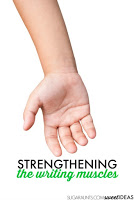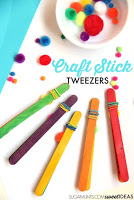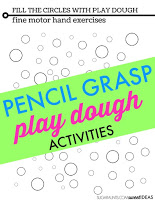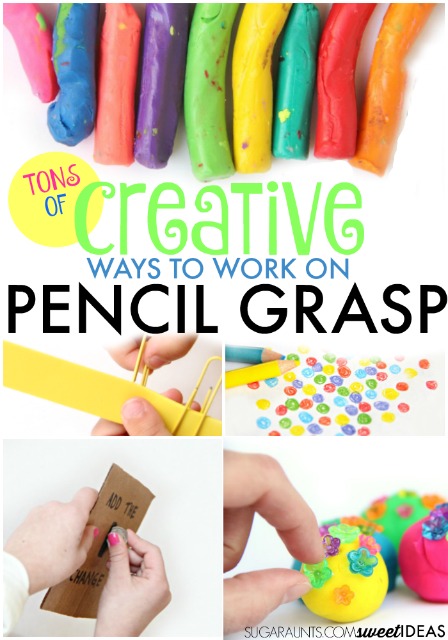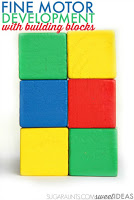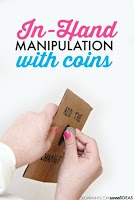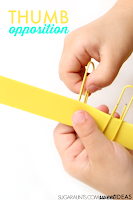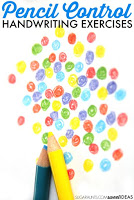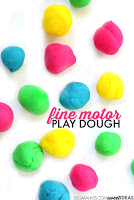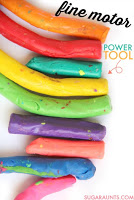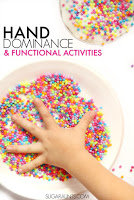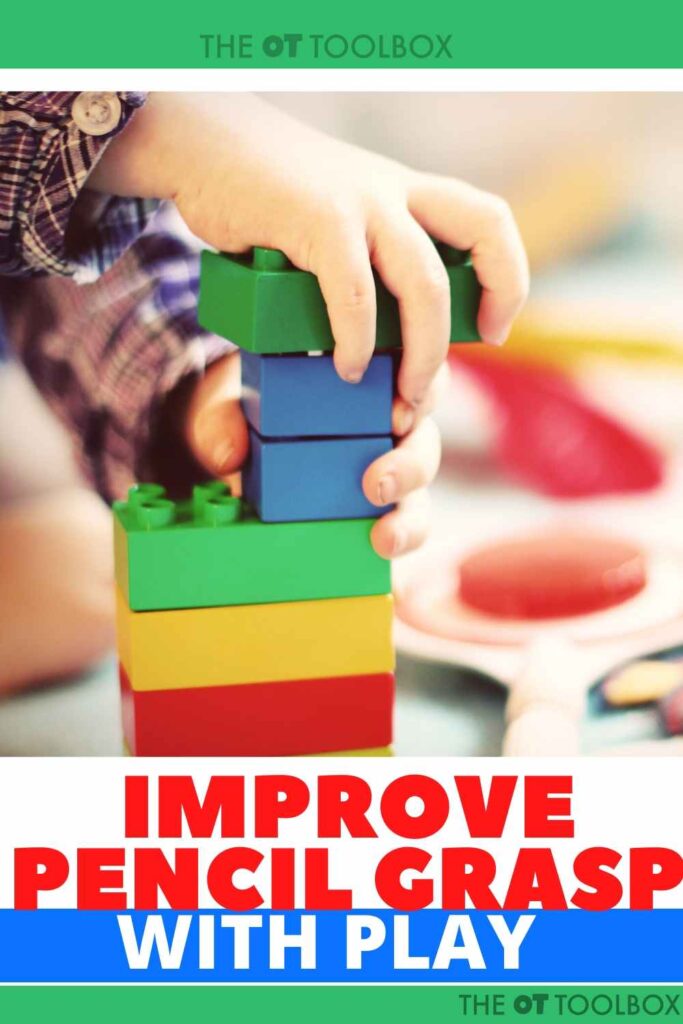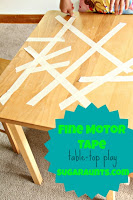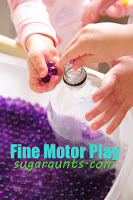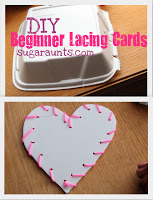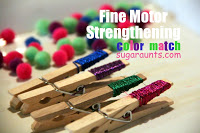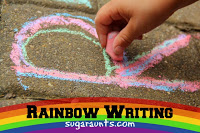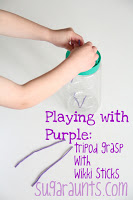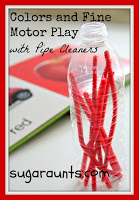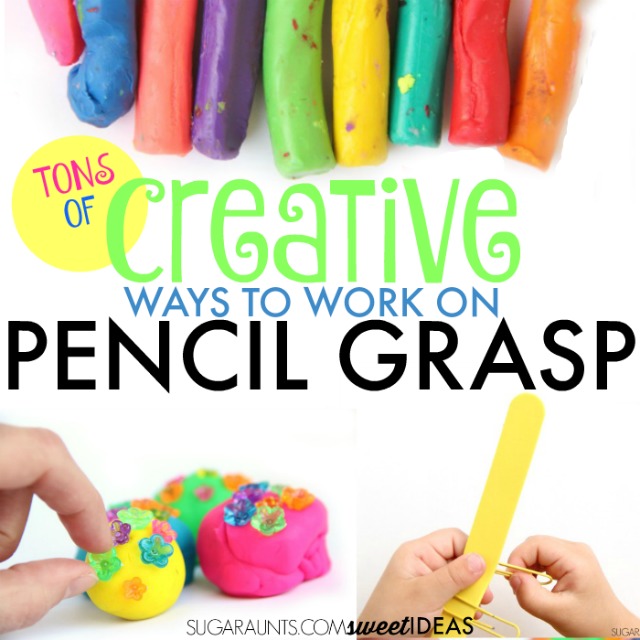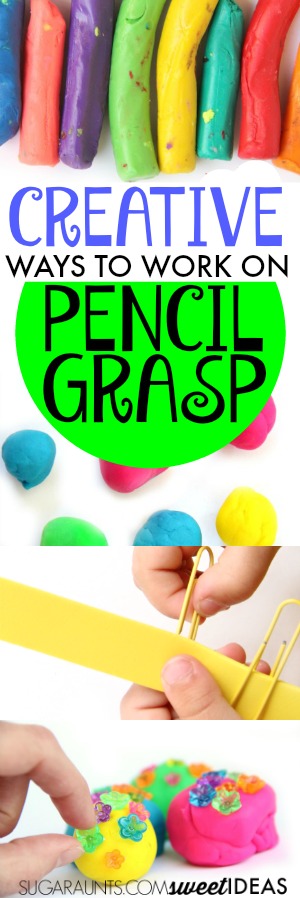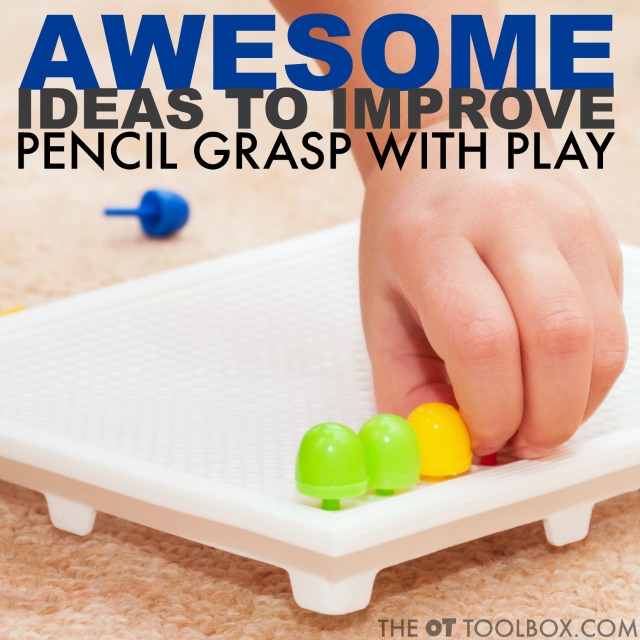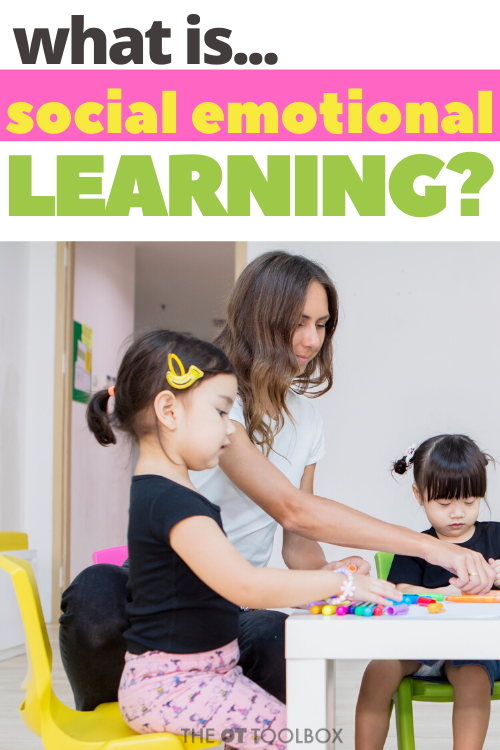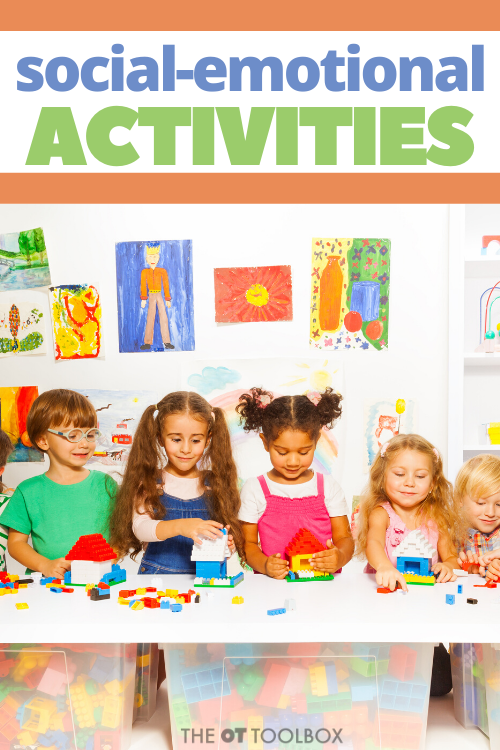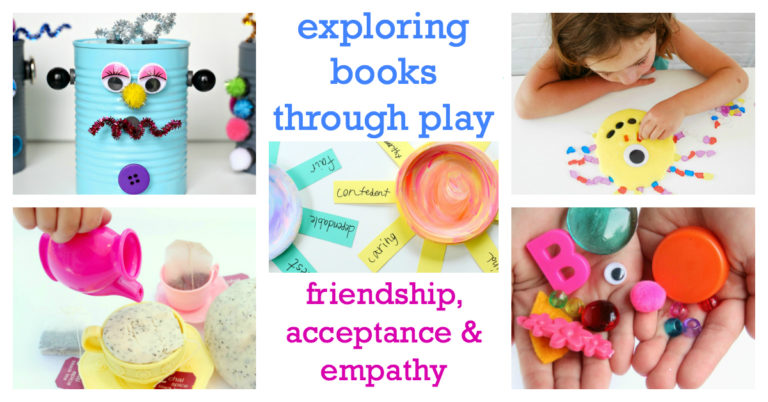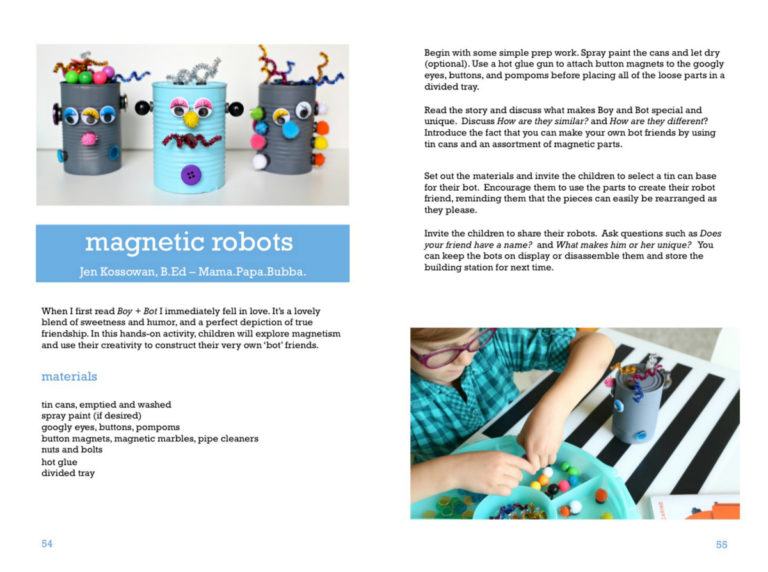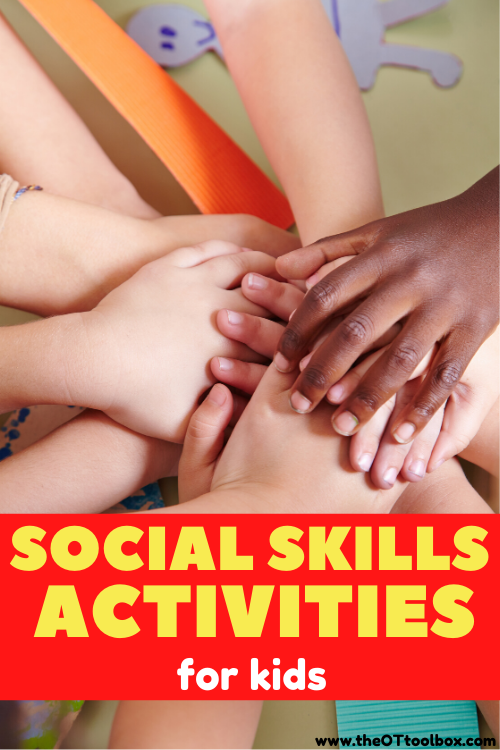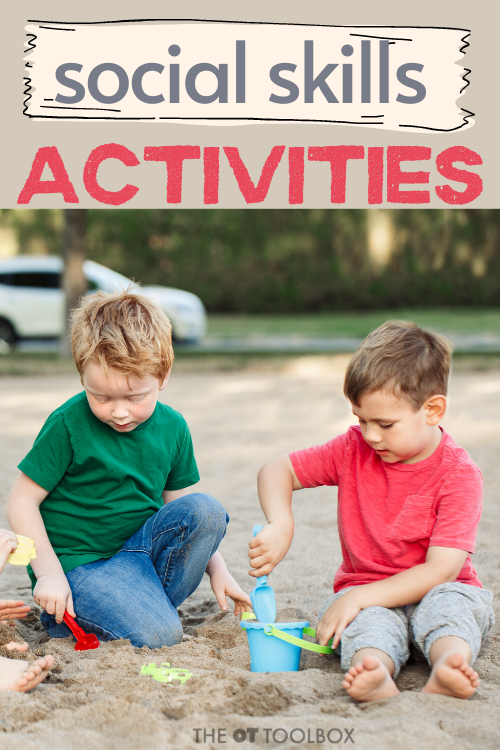Today, I wanted to share some social skills activities and specific social skill interventions that can be used to help kids with social emotional learning and the components that help kids with emotional regulation and wellness. When kids struggle with big emotions, anxiety, fear, transitions, worries, outbursts, or social participation… social emotional development can be impacted. And, all we want is to help them by responding to their underlying needs and to support or connect with that individual.
Social Skills Activities
We know that the underlying areas are the root of the “behavior” that we see. The ability to identify one’s emotions, and understand how internal characteristics influence our actions; These aspects maintain a sense of self-confidence and self-efficacy in coping with stress and managing impulses.
The social skills activities listed here are some of the best ways to target emotional regulation tips, tools, and strategies that will give you a jump start in creating connections with your child or student.
Be sure to check out and grab the resource, Exploring Books Through Play, a 50-activity guide on addressing social emotional learning and emotional regulation through play and exploration of popular children’s books.
Created by an occupational therapist and educators, this digital resource has everything you need to manage and teach about emotions, help with regulation, mindset, empathy, self-awareness, and family connections.
Exploring Books Through Play uses children’s literature as a theme to engage in fun, hands-on activities that help children and adults delve deeper into the characters and lessons, bringing the stories to life and falling further in love with literature. Read a story and then bring the characters to life while learning and building skills. Each story offers unique activities designed around central themes of friendship, empathy, and compassion.
Social SKills Interventions
These strategies are some of the ways to help kids develop social skills and emotional learning:
Social Skills ACTIVITY #1: Role Models
Kids can learn much about social situations including social norms and subtle cues by observing others. That’s why it’s important for parents and families to be a good role model when it comes to self-awareness, awareness of others, empathy, stress management, goal setting, and relationship situations such as preventing and resolving interpersonal conflict or seek help when needed.
Modeling and practicing with children can include many aspects of social skills, including building friendships, kindness, empathy, and awareness of others.
Games and activities that teach self control is one way to begin this process.
Another important aspect is teaching task initiation.
These self-awareness slide decks offer activities to teach about awareness of self and others.
This children’s book and empathy craft is a tool for teaching empathy.
These strategies to teach impulse control can be helpful in modeling activities.
Social Skills Activity #2: Social Stories
A social story is a story that describes a situation, skill, or concept in terms relevant to the reader. I’t provides social cues and perspectives so the reader can respond appropriately. Social stories are reassuring and well-understood by the reader, making them a social skills activity that can be used over and over again. Social stories use pictures and typically are individualized so they meet specific needs of the child and are focused on interests in a motivating manner.
Social stories help children with social skill development because it defines what they should do in a positive manner, while identifying the social expectations which can be frustrating or confusing for some children.
Social stories can be created to address a variety of functional tasks such as potty training or getting dressed. Others are based on emotions and interacting with friends. Still other social stories cover social situations such as wearing a mask when out and about.
Social Skills Activity #3: Group Games
Getting kids involved with group play and group activities is a powerful one in building social awareness, conflict resolution, problem solving, communication, and other important social skills like the critical thinking involved in making decisions.
This group gross motor activity requires a group and also offers sensory input through the proprioceptive and vestibular systems.
Pretend play is another way for kids to practice these important skills in social situations. Whether in a small group or alone, practice occurs through pretend play. Here are some pretend play ideas to get you started:
Outdoor pretend play with bug toys
Grow a pretend flower garden
Pretend play felt cookies
Using board games is another way to build social skills in a small group. Here are board games to help build skills.
Social Skills Activity # 4: Social Scripts
Social scripts offers a tactic for kids to respond to specific situations. Scripts might be in card format or a prompt that offers a cue. Social scripts can be created for when to do specific tasks like turning off screen time. Other kids may use social scripts for asking a friend to play.
Social scripts are great for kids that read well or can follow verbal prompts. However, some scripts include pictures and images as well.
Social Skills Activity # 5: Video Modeling
Kids can use videos as a motivating way to observe and copy behavior or social situations in action. Some video modeling activities offer kids a way to know how to perform tasks. Others offer opportunities to see social situations in action.
Video modeling can also be used to inform. Kids can watch videos of other children in specific situations and develop awareness of the subtle social rules well as norms. They can learn to empathize with others and take others’ perspectives while building an awareness of self.
Social Skills Activity #6: Self-regulation
By helping kids to better understand their senses and how sensory input impacts their behaviors, thoughts, and offer tools to help kids identify, address, and use strategies to achieve self-control and emotional regulation in a non-judgmental and safe way.
Programs like the Zones of Regulation and How Does my Engine Run offer strategies to impact regulation into every day tasks.
Helping kids understand their senses and how input impacts their behavior, actions, and emotions is a huge starting point for kids to get a handle on social skills.
Social Skills Activity #7: Understanding emotions
Helping kids to better understand emotions is an important step to helping kids understand themselves and how they react to situations. They can then transfer that understanding by better understanding others around them in social situations.
Here is a free printable to help kids learn about emotions and their reaction or behavioral responses.
In this resource on using children’s books and social emotional activities (fine motor, gross motor, art, crafts…) kids can learn about emotions of the main characters as they build the social skills needed to better understand and empathize with others.
While this activity is pumpkin-themed, we used a face and manipulatives to help kids understand and identify emotions and facial expressions. Try this activity with any shape.
A final word on social skills for kids
The main thing to recognize from this list of activities is that it is possible to teach social skills to kids. Some children flourish with one strategy and others will appreciate another social emotional skill activity. Try some of these activities and mix and match others to build a social skills toolbox that will help kids thrive!
Social Emotional Skills Resource
Addressing underlying needs= Making a difference.
Therapists know that all of the activities, programs, courses, worksheets, etc. that we use with clients are TOOLS for promoting skills. They are the strategies we use for meeting functional skills. They are the blueprint for helping clients reach goals. They are the means for fulfilling meaningful occupations!
Exploring Books Through Play is focused on social emotional skills, regulation, connection with kids/families, and empowering kids by meeting the underlying sensory needs so that they can learn, play, and connect with others while building the skills they need to be functioning kiddos.
Social skills activities in the books include ideas such as interactive play experiences, this book guides you through activities for each children’s book. The activities were designed to build fine motor skills, gross motor development, sensory exploration, and much more. By adding movement and fine motor activities, or multi-media sensory-based play and craft ideas, children can build motor experiences and develop skills through activities based on the concepts of each children’s book.
As classroom curriculum becomes more focused on academics, social and emotional development can get lost in the shuffle. This book focuses on abstract concepts of friendship, acceptance and empathy.
By using children’s books that foster understanding of these concepts through pictures and stories, we can help children understand and see these emotions in action.
What if you could use books and interactive activities to teach friendship? What if you could read a book that centers on accepting differences and create or make an activity or craft that helps children see acceptance in action.
What if you could explore emotions through story and interactive play?
In this book, you will find books that cover abstract concepts and use play to build social and developmental skills.
Wow…do our kids need this, right??
As therapists, we strive to focus on the whole child…and all of the sub-layers that play a part in development and growth. We focus on each child individually based on specific needs, strengths, and developmental levels. The connection between the brain, emotional development, sensory input and regulation are the “roots” to everything we do! Focusing on those underlying needs helps the child to flourish in higher-level aspects like being flexible, social participation, using good judgement, responding to feedback, transitioning between tasks, regulating emotions, and much more.
And incorporating those “branches” fosters cognition, completion of tasks, higher-level learning, behaviors, and everything we see!
The bottom-line is that using evidenced-based sensory experiences to improve areas such as cognition, learning, motor performance, etc. is the way to go! Overall, studies suggest that frequent, active participation in multi-sensory experiences can help regulate emotions, improve specific symptoms, address cognitive functions, motor performance, and focus. Research shows us that embedding social-emotional learning strategies within school curricula promotes improved behavior, academic performance, and social skills.
It makes sense! In school an at home, on-task behavior is a required component for student participation. There is a lot to consider…and all of the components work together. sensory regulation, processing of sensory input, filtering out unnecessary input, focusing, transitions…And all of these areas are connected.
Exploring Books through Play, hands-on and sensory-based movement activities to foster social emotional and sensory tools!
Exploring Books Through Play will help to create simple book activities focused on play that fit into a family’s schedule, help parents figure out why their child is irritable or responds in the way they do.
